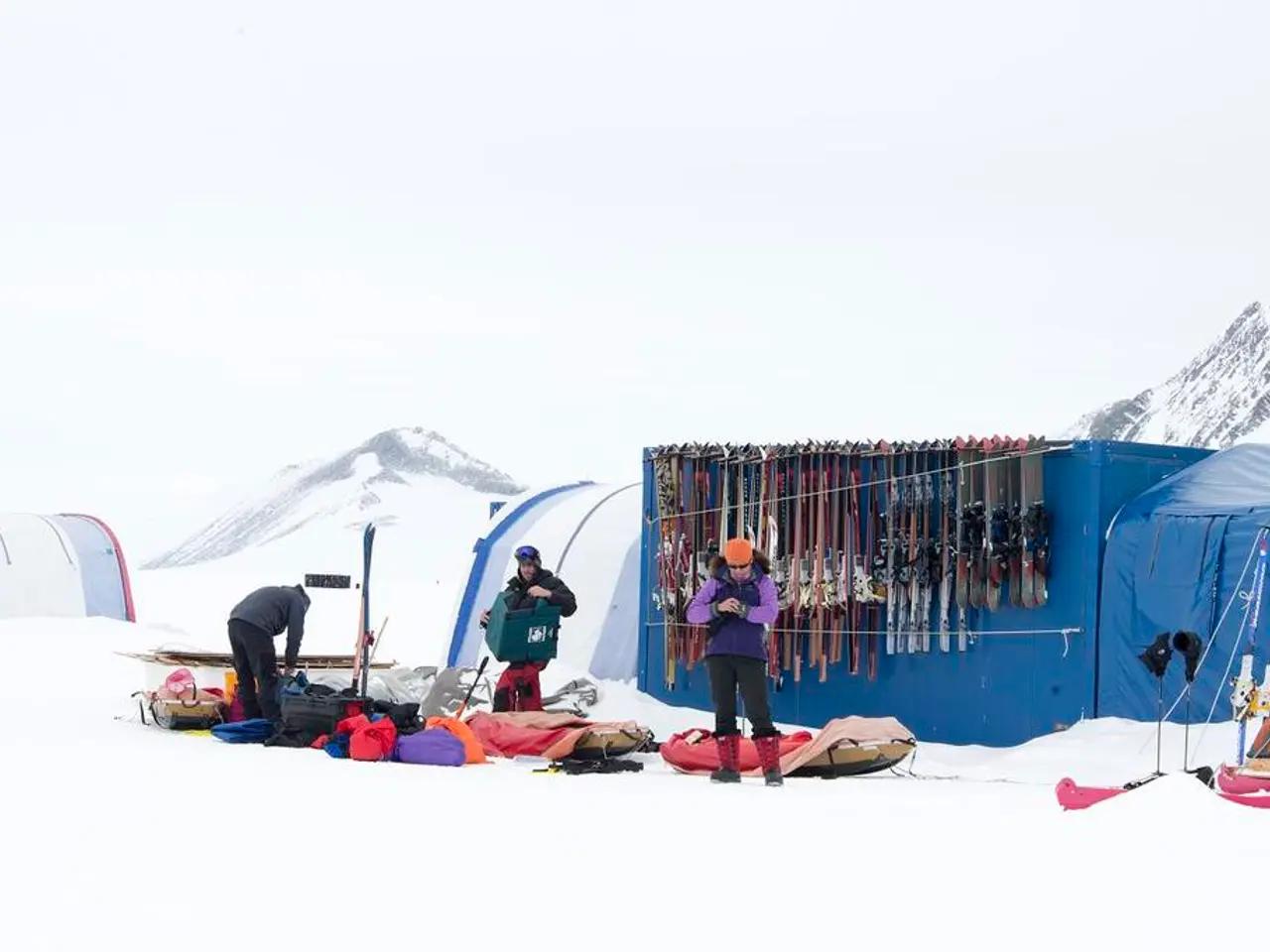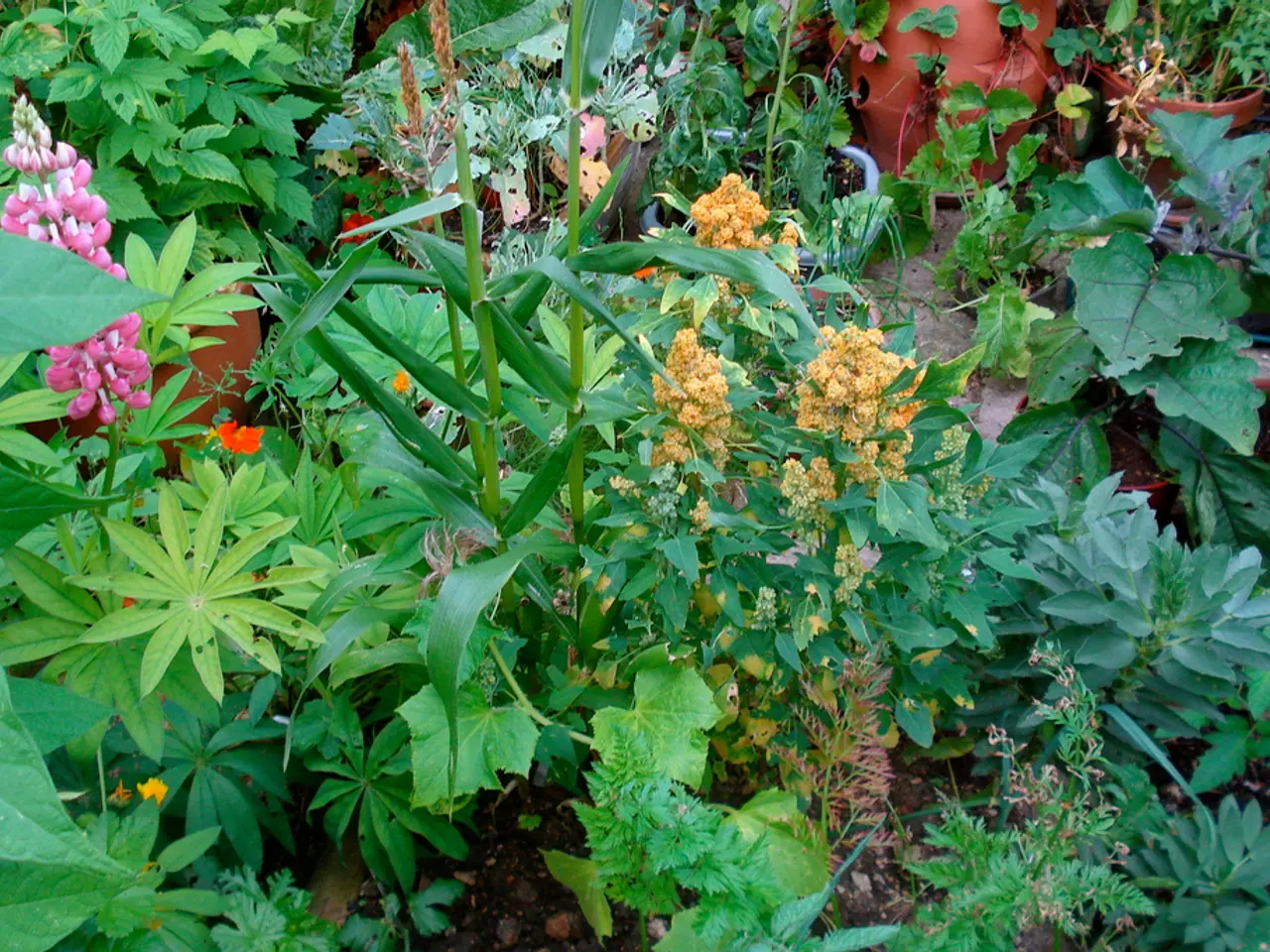Stunning Display of Hoar Frost and Rime Ice
In the heart of winter, northern landscapes can transform into a breathtaking spectacle, thanks to the enchanting beauty of hoar frost and rime ice. These white ice formations, while often mistaken for fresh snow, are unique in their formation processes and appearances.
Rime Ice
Rime ice is a type of ice that forms during cold and foggy weather conditions. It's created when tiny supercooled water droplets in freezing fog freeze upon contact with a surface. This results in a deposition of white ice with a finer, sometimes feathery, crystalline structure. Rime ice can build up rapidly, often creating a rough, granular texture.
Hoar Frost
On the other hand, hoar frost develops when the temperature falls below the frost point of the surrounding air. It forms by the direct deposition of water vapor onto surfaces as ice crystals. Hoar frost appears as a white layer of ice crystals resembling needles or delicate structures. It forms under calm, clear, and cold conditions when moisture in the air freezes directly onto surfaces.
| Aspect | Rime Ice | Hoar Frost | |------------------------|--------------------------------------------------|---------------------------------------------------| | Formation process | Freezing of supercooled water droplets from fog | Deposition of water vapor directly as ice crystals| | Typical conditions | Freezing fog, moist air with tiny droplets | Clear, calm, cold conditions with high humidity | | Appearance | White ice with a fine, feathery or granular structure | White ice crystals like needles or frost patterns | | Surface interaction | Ice deposited by freezing droplets hitting the surface | Ice formed by vapor deposition without droplets |
Both rime ice and hoar frost are forms of ice deposition, but they differ in their formation processes. Rime ice involves liquid droplets freezing on contact, while hoar frost forms by vapor deposition without droplets.
As you venture into the cold winter months, keep an eye out for these stunning ice formations. And don't forget to subscribe to our website and follow us on Instagram, Facebook, or Pinterest for the latest updates on all things winter, from gardening tips to DIY projects and more.
[1] Frost and Fog, A. K. (2019). Atmosphere, Weather, and Climate: An Introduction with Examples and Exercises. CRC Press. [3] Ice, Snow, and Glaciers, V. M. (2017). Encyclopedia of Snow, Ice, and Glaciers. Academic Press.
- In an urban homestead or permaculture garden, with the onset of cold climate, one can start preserving the harvest by canning or freezing the produce to enjoy during the winter months.
- As part of the family lifestyle, we advocate for sustainable living by composting kitchen waste and using it to enrich the soil for next season's garden.
- This winter, instead of just admiring rime ice and hoar frost in nature, why not try creating them at home using specific conditions and techniques for DIY cold-climate experiments?
- In addition to admiring winter's beauty, our upcoming home-and-garden content will cover tips on cold-weather canning, seasonal gardening, and exciting DIY projects to keep the whole family engaged.
- As we prepare for the winter season, we're preserving jars of fruits and vegetables, employing the techniques we've learned from books like "Frost and Fog" and "Ice, Snow, and Glaciers."




